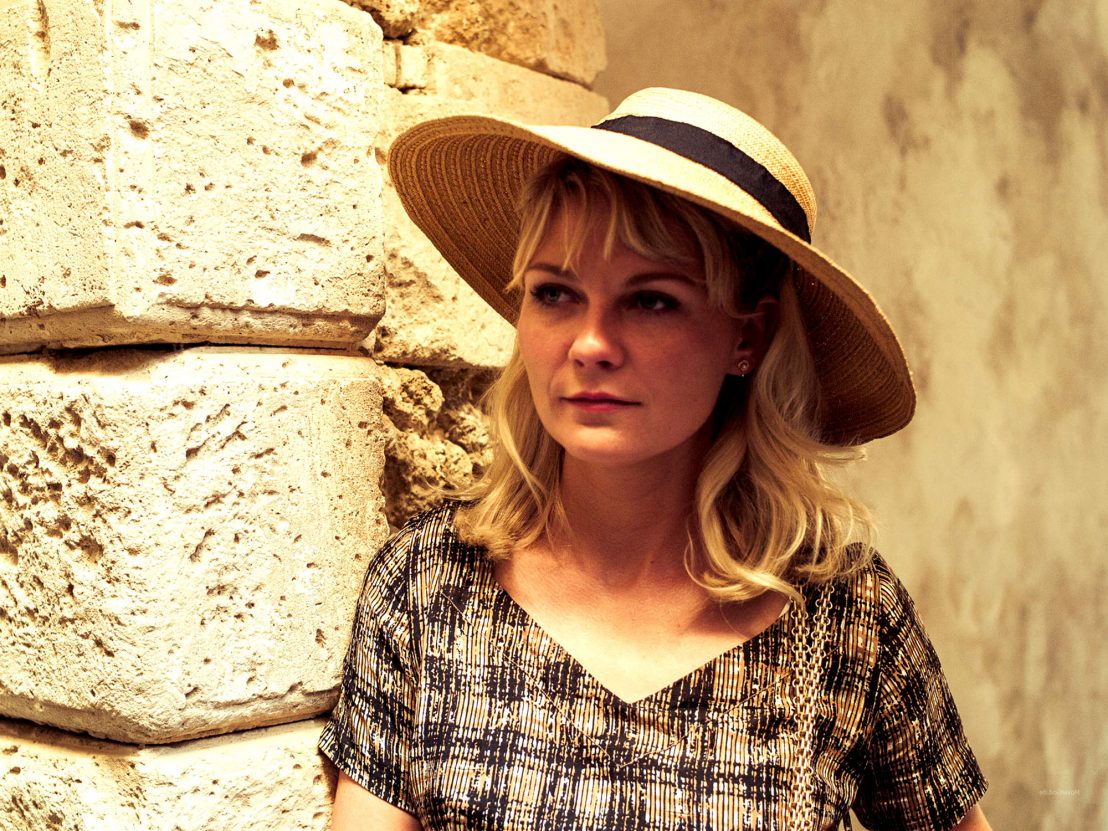
In 10 Things I Hate About You, Kat Stratford (Julia Stiles) plays the guitar, listens to riot grrrl music and reads ‘The Bell Jar’ by Sylvia Plath. In the decade that followed the film’s release, Stiles – Queen of the Shakespearean teen movie – was set to star in an adaptation of Plath’s seminal semi-autobiographical text. Unfortunately, the path to adaptation is not always clear, even for a book that has sold millions of copies worldwide.
‘The Bell Jar’ tells the story of Esther Greenwood, a college student who spends the summer at what should be a dream magazine internship in New York City. Charting her deteriorating mental health and subsequent treatment, it’s a coming-of-age novel that explores issues of identity, the suffocation of indecision and what it means to live in a patriarchal society.
Since the book was first published in 1963 there have been several attempts to turn it into a film. The first – and so far only – version, directed by Larry Peerce in 1979, was not only critically derided but also faced a libel lawsuit. Peerce’s film turns 40 this month; it is unlikely there will be any celebratory retrospectives held.
The same cannot be said of Plath’s masterpiece, the allure of which is evident in each new generation’s attempts to ‘discover’ the author. Beyond ‘The Bell Jar’, journals and newly published volumes of personal letters reveal more about Plath’s inner life and writing process. It has been over half a century since her death by suicide, but new information about who she was is still coming to light. However, a 2003 biopic, Sylvia, starring Gwyneth Paltrow and Daniel Craig, didn’t do much for the legacy of Plath on screen.
Esther Greenwood is not only an avatar for Plath, she is also a proxy for young readers on the precipice of adulthood. Sadly in popular culture the novel has become a lazy shorthand for a certain type of female angst (with Kat Stratford in 10 Things I Hate About You being a prime example). There is, of course, so much more to ‘The Bell Jar’ than teen ennui – and perhaps this helps to explain why it has proven so difficult to bring the book to life on screen.
In 2007, Stiles discussed the misconceptions surrounding the text being “depressing”, explaining that it is a story about mental health that cannot escape the legacy left by Plath’s death. Plath killed herself a month after the book was published under the pseudonym ‘Victoria Lucas’ (her actual name first appeared on its cover in 1967). Esther’s internship at Mademoiselle is based on Plath’s own experience during that particular summer and what followed after, so it is hard to separate the author from her work.
Stiles was still attached to the project as recently as 2010, but at that point only half of the modest $5 million budget had been raised. Two years later it was shelved. Stiles let the rights expire, explaining, “It’s just a hard book to get people behind… people… it’s funny, I still can’t really explain it. I think people who have to give money for movies, they didn’t see that it would find an audience, or they thought it was too dark.”
Then in July 2016 came the announcement that another ’90s teen movie icon, Kirsten Dunst, was set to make her directorial feature debut with a new adaptation. Dakota Fanning was announced as the lead, with supporting roles going to Jesse Plemons, Patricia Arquette and Bel Powley. Cornerstone films were to handle the sales of the film, pointing to its timelessness as a story: “The themes explored in The Bell Jar resonate as strongly in 2016 as they did in 1963 when the novel was first published. Kirsten Dunst’s compelling vision for the film has a vibrant authenticity that modern audiences will embrace.”
Last year, Fanning revealed that the project was on hold, telling The Hollywood Reporter, “There’s a lot of things happening with that. So it’s like yes, but no, but yes.” (One of the things happening was Dunst’s pregnancy). In a more recent update Fanning stressed that she is still very much invested in the story and this collaboration, but conceded, “I can’t talk about it at the moment. I’m so sorry!” A vague non-statement that suggests ‘The Bell Jar’ won’t be hitting screens any time soon.
Various other proposed adaptations have made it to the early stages of development down the years. At the time of writing Showtime has a limited TV series in the works and had been in deep conversation with SMILF creator Frankie Shaw. (This was until recent misconduct allegations against Shaw led to the suspension of her development deal.) There are many reasons why these projects keep falling apart, with financing being a big one. Yet the essence of Plath’s novel has been captured in other ways on screen; Master of None’s season one finale uses the famous fig tree passage to great effect.
The fig tree branches stretch out in front of Esther, each fig represents different futures – including one as a wife, another as a writer – but inertia and an inability to choose, cause each fig to die. At the moment, all adaptations of ‘The Bell Jar’ are like the fig tree, withering away.
Published 21 Mar 2019

By Adam White
From Small Soldiers to her collaborations with Sofia Coppola, a generation of moviegoers have grown up alongside the American star.

As Heath Ledger and Julia Stiles taught us, being young isn’t about fitting in but forging your own path.

Both films deal with difficult themes relating to female coming of age.